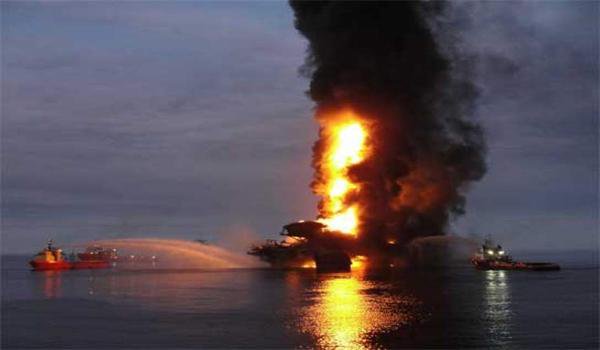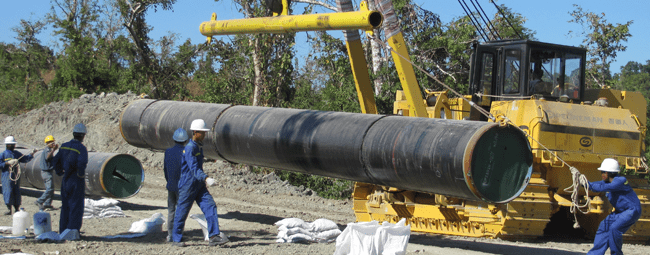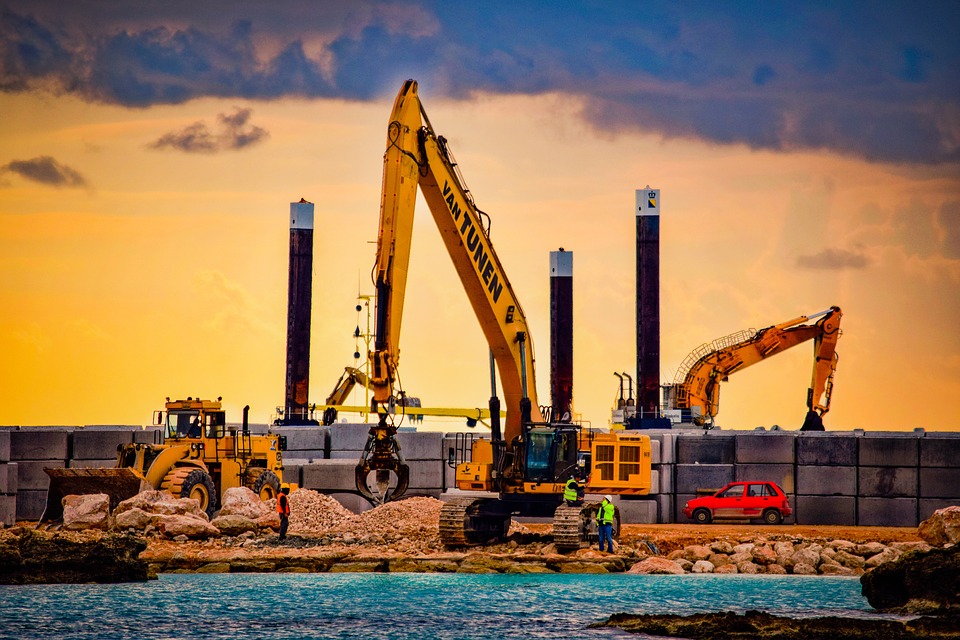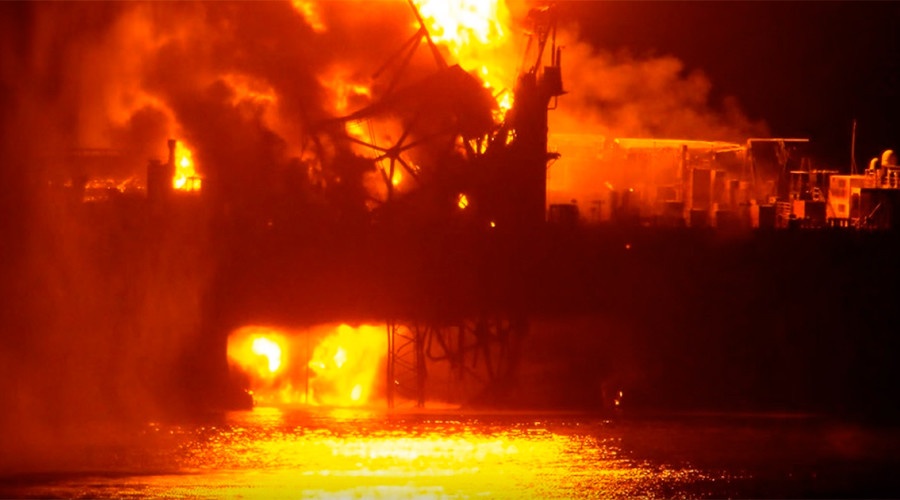3 Causes Of Fatalities In Industrial Accidents

Recent statistics published by the International Labour Organization (ILO) state that more than 2.3 million workers die each year as a result of occupational accidents or work-related diseases. While the main cause of deaths among workers was diseases related to work, hazardous substances alone was estimated to cause 651, 279 deaths a year. The increasing rate of fatalities and severe injuries in the oil and gas industry are disconcerting, and indicate how dangerous the industry is. Here are 3 causes of fatalities in industrial accidents.
- Vehicle Accidents

Work sites for the oil and gas industry are often found at rural, remote areas with improper infrastructure. Poorly maintained roads with inadequate signage, for example, increases the likelihood of accidents. Driving to and fro from the work sites, pipelines and gas sites are challenged by heavy loads and extreme weather conditions. This coupled with fatigue from the long working hours explains why vehicle accidents are the number one cause of fatality in the oil and gas industry. The U.S. Department of Transportation reported fatalities rose to nearly 4,000 in 2013, including truckers, occupants in vehicles that collided with large transport trucks and pedestrians. More than 32,000 highway deaths for all types of vehicles were also reported the same year.
- Industrial Hazards

Three out of every five oil and gas industry fatalities are caused by struck-by/caught-in/caught-between hazards. Most of these fatalities occur during site preparation, drilling, and the service stages of well operation.
A struck-by accident occurs when any part of the body gets struck by an object in motion. It is usually the force of the impact that causes deaths and injuries. A caught-in and caught-between hazards includes getting caught between objects that have fallen or rolled onto workers. Caught-in hazards often result in lacerations, amputations, major blood-loss, and death. The stats are comprised of hazards from many sources, including moving vehicles, equipment, falling equipment and high-pressure lines.
- Explosions and Fires

Most of fires (71%) in industrial and manufacturing properties were outside or unclassified fires, which accounted for an estimated average of 3 deaths, 38 injuries, and $265 million in direct property damage each year. Major offshore oil rig explosions include the Piper Alpha explosion (1988), the Alexander L Kielland explosion (1980), Deepwater Horizon (2010) and the Abkatun Permanente (2015) have all resulted in a devasting number of deaths and millions in damages.
Human Factors Engineering is a 3-day course held from 22 – 24 Oct 2018 in Kuala Lumpur and Singapore designed to help delegates understand how design decisions affect human performance and operational performance. It will provide an understanding of how to include humans as a fundamental part of oil and gas plant design and develop a frame of reference that ensures that humans are given due consideration when design decisions are made. For more information, please visit us at http://www.opuskinetic.com/training or contact us at info@opuskinetic.com.
Interested to read other articles on Human Factors Engineering? Check out: How To Successfully Integrate Human Factors Engineering
Opus Kinetic believes that people are why organisations are successful, and giving people the knowledge to perform well at their job is integral for success. We pride ourselves as the premier provider of knowledge, offering acclaimed in-house trainings, and many others professional training courses spanning from various industries. Our training courses are well researched and updated with the latest industry trends. For more information on our professional training programs, visit us at http://www.opuskinetic.com/training.
